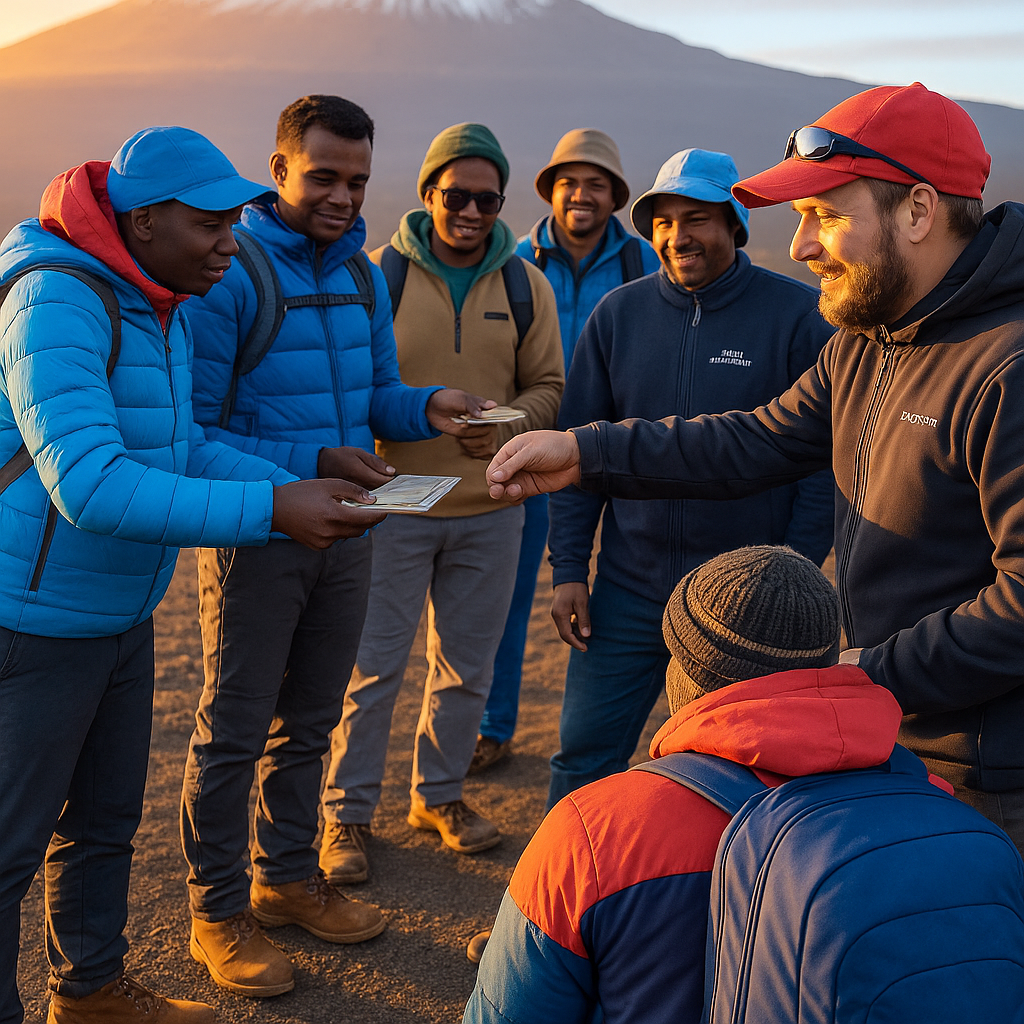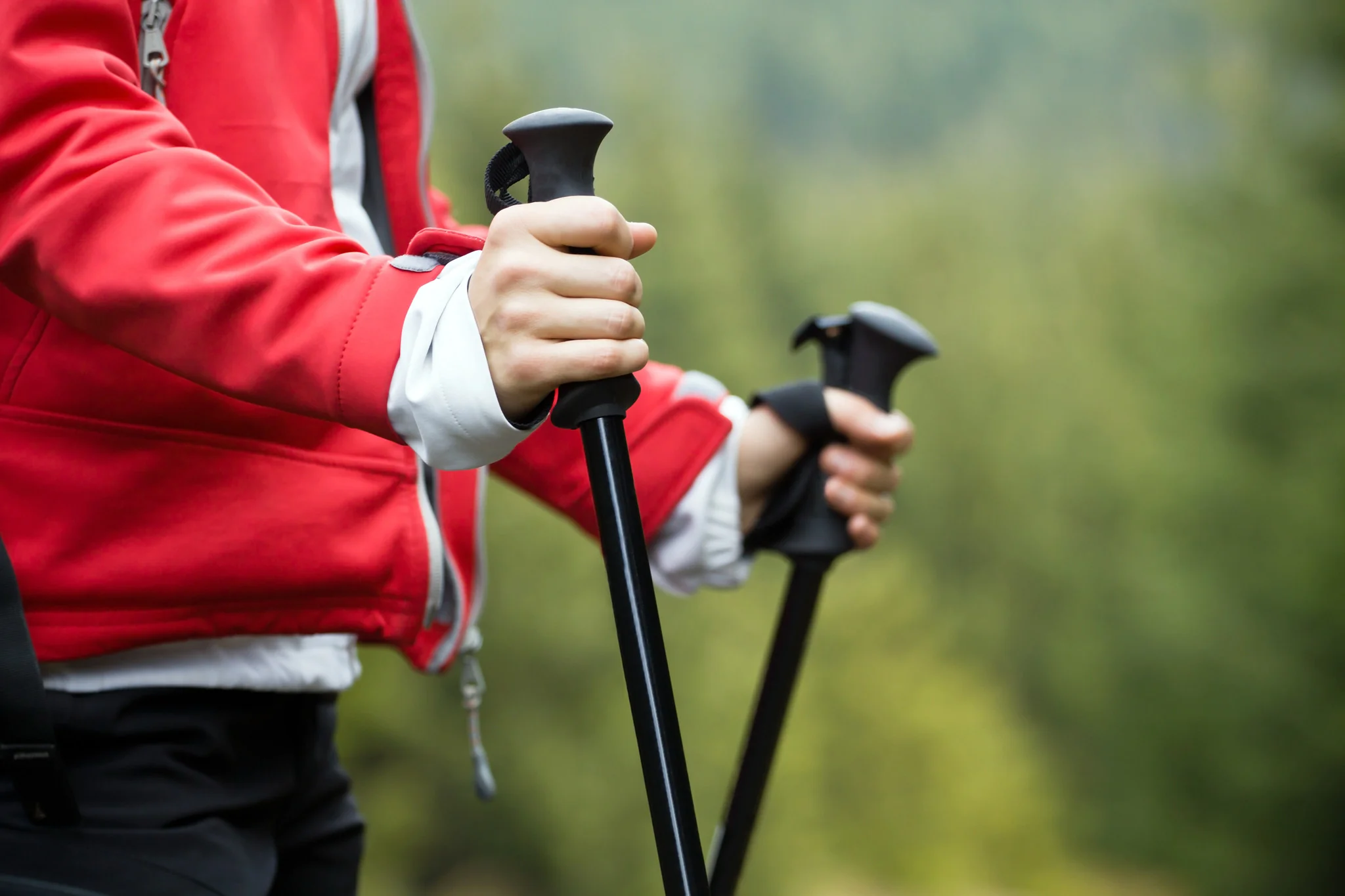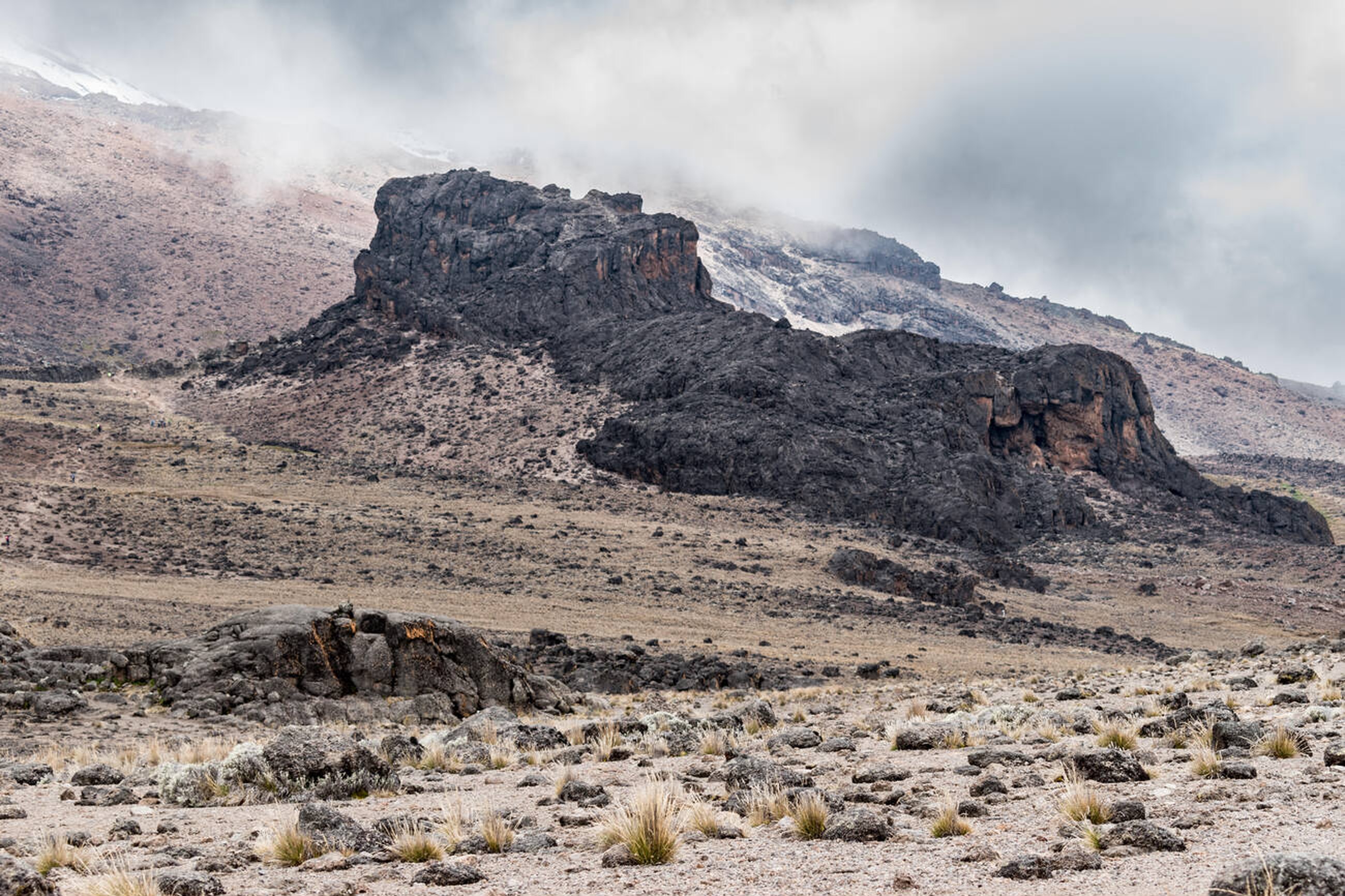Preparing Your Daypack for Kilimanjaro
Climbing Mount Kilimanjaro (5,895m/19,341ft) takes you through five distinct climate zones, from humid rainforests to icy summits. While Kilisherpas Travel’s porters carry your main 15kg duffel bag (per KPAP guidelines), you’ll need a 25-35L daypack for daily essentials. Weather shifts dramatically—baking sun to freezing winds—so packing smart ensures comfort and safety. Our guides provide daily briefings on weather and gear needs, but this guide covers the must-haves for your Kilimanjaro daypack.
Daypack Essentials for Kilimanjaro
1. Clothing: Layer for Versatility
Kilimanjaro’s weather varies from 30°C (86°F) at the base to -20°C (-4°F) at the summit. Layering allows quick adjustments to stay warm, dry, and comfortable. Pack:
- Rain Jacket: Fully waterproof with a hood (e.g., The North Face Venture Jacket).
- Rain Pants: Full-length with side zippers for easy on/off.
- Fleece Layer: Insulating mid-layer for warmth during breaks.
- Softshell Windbreaker: Breathable for wind protection.
- Down Jacket (Optional): For summit day or cold lunch stops.
- Sun Hat: Wide-brimmed for UV protection in lower zones.
- Warm Beanie: Covers ears for high-altitude cold.
- Gloves: Fleece or Windstopper (e.g., The North Face ETip Gloves) for warmth and sun protection.
- Sunglasses: 100% UV-protective, wraparound (e.g., Julbo Explorer 2.0) to prevent snow blindness.
- Knee Supports (Optional): For joint stability on descents.
Expert Tip: Pack one extra layer. Fatigue amplifies cold, and weather changes fast. A waterproof stuff sack or daypack rain cover is critical to keep gear dry.
2. Food, Water, and Snacks
Hydration and energy are vital to combat altitude sickness and maintain stamina:
- Water (3-4L): Use a hydration bladder (e.g., CamelBak) for sipping on the go and/or water bottles. Refills are available at lunch stops on most days.
- Packed Lunch: Provided by our chefs if no hot lunch is served.
- Energy Snacks: Trail mix, energy bars, or candy for quick boosts. Bring favorites from home.
Note: Drink regularly to lighten your load and stay hydrated, as thin air increases dehydration risk.
3. Health and Personal Items
High altitude and remote trails require proactive health management:
- Basic First Aid Kit: Blister plasters, ibuprofen, personal medications.
- Sunscreen (SPF 40+): Reapply often due to intense UV rays. Store in hip belt for easy access.
- Chapstick: With SPF to prevent lip chapping in dry, sunny conditions.
- Hand Sanitizer: Essential, as handwashing isn’t possible on the trail.
- Toilet Paper/Tissues: Remove cardboard core for compact packing.
- Bug Repellent: Needed only in lower rainforest zones.
- Spare Boot Laces: A snapped lace can disrupt your trek.
4. Technology and Extras
- Camera: Capture Kilimanjaro’s stunning vistas. Bring spare batteries, as cold drains them quickly.
- Power Bank: For charging phones or cameras (no outlets on the mountain). Check our battery charger guide.
Top Tips for Packing Your Daypack
- Follow Guide Briefings: Our WFR-certified guides advise daily on weather-specific gear.
- Don’t Overpack: Carry only daily essentials to keep your pack light (water is the heaviest item).
- Accessible Sunscreen/Chapstick: Store in hip belt for frequent reapplication.
- Protect Batteries: Cold reduces battery life—keep spares in an inner pocket.
- Waterproofing: Use a daypack rain cover and a waterproof stuff sack liner.
- Organize Gear: Group items in Ziplock bags for quick access and protection.
Climber Testimonial: “My daypack kept me prepared for rain, cold, and sun. The guides’ advice on what to carry each day was spot-on.”
—Laura K., Canada
Why Climb with Kilisherpas Travel?
Our expeditions ensure you’re equipped for success:
- Daily Briefings: Guides tailor gear advice to weather and altitude.
- Safety: Twice-daily health checks, oxygen, and helicopter evacuation partnerships.
- Ethical Support: KPAP-compliant, with porters carrying your duffel bag (15kg max).
- Experience: 20,000+ safe ascents since 2021, with a 95%+ summit success rate.
Get Ready for Kilimanjaro
A well-packed daypack is your lifeline on Kilimanjaro’s trails, keeping you comfortable through shifting climates. Download our full Kilimanjaro Packing List for a complete checklist. Ready to summit the Roof of Africa? Contact Kilisherpas Travel to book your adventure or explore our hiking tours. Share your packing tips or questions in the comments!


